In the dance of flames and warmth, the ritual of firewood preparation has evolved, introducing a silent hero into the timeless chore. Enter the Kindling Splitter, a transformative tool redefining how we wield nature’s bounty for our comfort. Beyond a mere device, it’s the key to effortless firewood preparation, unlocking efficiency and safety in a task once daunting and laborious.
Let’s delve into the heart of this innovation, unveiling its secrets to revolutionize your fireside experience. So, let`s take an in-depth look at the Kindling Splitter, Revolutionizing Firewood Preparation. Let`s get started.
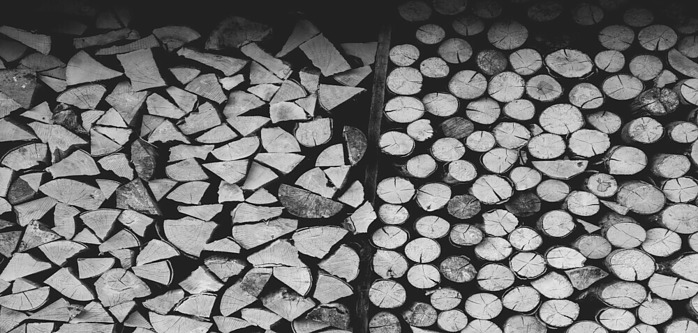
Understanding the Kindling Splitter
Firewood preparation has long been an essential chore for those relying on wood-burning stoves or fireplaces. The Kindling Splitter emerges as a game-changer in this domain, revolutionizing the way firewood is prepared.
What is the Kindling Splitter?
The Kindling Splitter, a specialized tool designed to simplify firewood preparation, stands out for its efficiency and precision. It typically features a sturdy base with a blade or multiple blades set at strategic angles, allowing users to split wood into smaller, manageable kindling pieces effortlessly.
These splitters vary in size, design, and mechanisms, catering to different needs and preferences. Some are hand-operated, while others leverage mechanical or hydraulic systems for more significant wood-splitting tasks.
How Does it Work?
Operating a Kindling Splitter is relatively straightforward. Once the wood piece is placed securely on the base, a downward force is applied either manually or through the tool’s mechanism to split the wood along its grain.
The blades’ strategic placement ensures a clean and precise split, turning larger logs or chunks into smaller, usable kindling sizes. The tool’s design significantly reduces the effort and time required compared to traditional methods like using an axe or maul.
These splitters come with various blade designs and configurations, allowing users to adapt to different wood types and sizes. Some are optimized for hardwoods, while others excel with softer woods, providing versatility in firewood preparation.
The Kindling Splitter’s innovation lies in its ability to create consistent kindling sizes efficiently, making it an invaluable tool for both occasional users and those heavily reliant on wood-burning heating systems.
Its user-friendly nature makes it accessible even to those with minimal experience in firewood preparation, offering a safer and more efficient alternative to traditional methods.
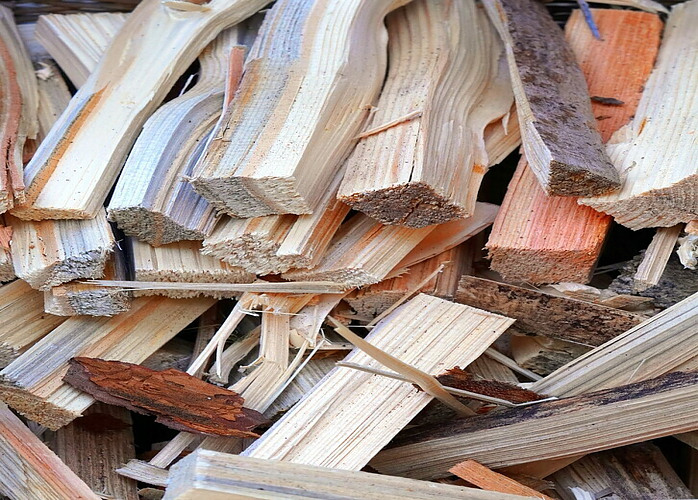
Different Types Available on the Market
The market offers a diverse array of Kindling Splitters, each designed with specific features and functionalities. Handheld splitters, often compact and portable, cater to smaller-scale wood-splitting needs. These are ideal for camping trips or small fireplaces, offering convenience and ease of use.
On the other hand, larger, more robust Kindling Splitters come equipped with mechanical or hydraulic systems. These heavy-duty splitters handle larger logs effortlessly, suitable for those requiring substantial quantities of firewood regularly.
The mechanical versions are typically operated manually, requiring physical effort but providing precise control over the splitting process. Hydraulic splitters, powered by a hydraulic pump, offer higher power and efficiency, making them suitable for larger volumes of wood.
Benefits of Using a Kindling Splitter
The advantages of employing a Kindling Splitter extend beyond convenience. One of the primary benefits is the significant reduction in physical exertion compared to traditional methods. Minimizing the need for strenuous swinging of an axe or maul, reduces the risk of strain or injury, making firewood preparation safer and more accessible to a wider range of individuals.
Moreover, Kindling Splitters ensure uniformity in the size of the split wood pieces. Consistent kindling sizes facilitate easier ignition and burning, optimizing the efficiency of wood-burning stoves or fireplaces. This uniformity also enhances storage and handling, allowing for neater and more organized firewood piles.
The precision offered by Kindling Splitters results in less wood wastage. The controlled splitting process minimizes the creation of unusable wood fragments, maximizing the yield from each log or wood piece. This not only conserves resources but also contributes to cost savings in the long run.
Additionally, these tools save time. With their efficient splitting mechanism, Kindling Splitters expedite the firewood preparation process, allowing users to dedicate more time to other tasks or leisure activities.
In essence, the Kindling Splitter not only simplifies firewood preparation but also enhances safety, efficiency, and overall user experience, making it a valuable addition to any household or establishment reliant on wood-based heating.
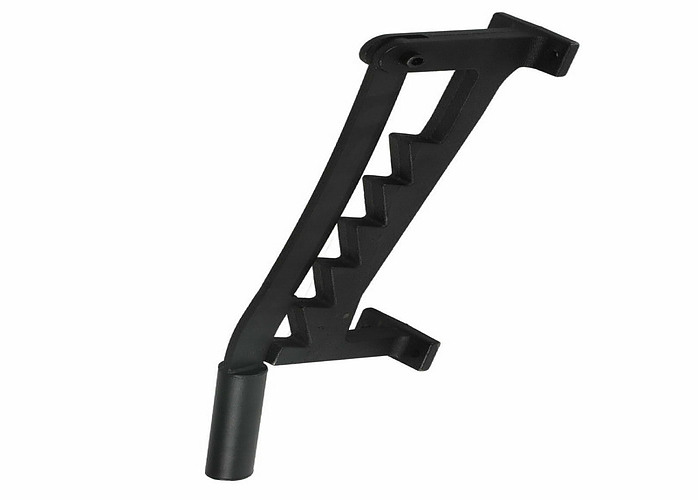
Techniques for Efficient Firewood Preparation
Mastering the techniques for efficient firewood preparation, especially when using a Kindling Splitter, can significantly streamline the process and ensure optimal results. From preliminary steps to safety measures, understanding the nuances of using this tool is crucial for a seamless experience.
Preparation Steps Before Using the Kindling Splitter
Before delving into using the Kindling Splitter, it’s essential to prepare the workspace and the wood pieces for optimal results. Start by ensuring a stable and secure surface for the tool, minimizing any risk of slippage or instability during the splitting process. Place the splitter on a flat, level area, preferably on solid ground.
Next, inspect the wood pieces intended for splitting. Remove any debris or foreign objects that might hinder the splitting process or damage the tool. Ensure the wood pieces are dry and free from excessive moisture, as damp wood can be more challenging to split efficiently.
Consider wearing appropriate safety gear, including gloves and safety glasses, to protect against wood splinters or flying debris during the splitting process. Ensuring a clear and safe workspace is crucial before commencing with the Kindling Splitter.
Step-By-Step Guide on Using the Kindling Splitter Effectively
Using a Kindling Splitter efficiently involves a systematic approach to achieve consistent and precise results. Begin by placing the wood piece securely on the splitter’s base, aligning it with the blades for optimal splitting. Ensure the wood’s orientation allows the blade to follow the grain, facilitating a clean split.
Apply controlled force to the wood piece using the designated lever or mechanism, gradually pressing down to initiate the splitting process. It’s crucial to exert steady pressure without applying excessive force, allowing the blades to work through the wood’s grain smoothly.
Avoid abrupt or jerky movements, as these can affect the quality of the split and potentially damage the tool.
Once the wood piece has been split, carefully remove the split pieces and reposition any remaining larger sections for further splitting if necessary. Repeat the process systematically, adjusting the wood’s position as needed to maximize the yield of uniform kindling pieces.
Understanding the nuances of pressure application and positioning of the wood on the splitter are key elements for efficient and effective use of the Kindling Splitter, ensuring a smoother and more productive firewood preparation process.
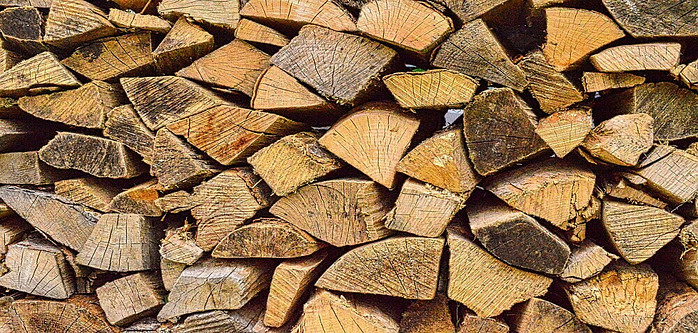
Safety Measures to Consider
Prioritizing safety during the use of a Kindling Splitter is paramount. Always take time to read the safety guidelines provided by the manufacturer. Wear appropriate personal protective equipment, including gloves and safety glasses, to shield against potential wood splinters or flying debris during the splitting process.
Maintain a clear and unobstructed workspace around the splitter to minimize the risk of accidents. Ensure there are no bystanders within the immediate vicinity while the tool is in use to prevent potential injuries caused by wood fragments or unexpected movements.
Moreover, be mindful of the splitter’s blades. Regularly inspect them for any signs of wear and tear or damage. Dull or damaged blades can compromise the efficiency and safety of the tool. If any issues are detected, follow the manufacturer’s guidelines for maintenance or blade replacement to ensure optimal performance and safety.
When applying force to split the wood, maintain a controlled and deliberate motion. Avoid excessive force or erratic movements that could lead to loss of control over the tool. Additionally, always keep hands and fingers away from the blades during operation to prevent accidental injuries.
By prioritizing safety measures, users can mitigate potential risks associated with using a Kindling Splitter, ensuring a safer and more secure environment while optimizing the tool’s efficiency in firewood preparation. Understanding and implementing these techniques not only enhances the user’s experience with the Kindling Splitter but also contributes to a safer and more efficient firewood preparation process overall.
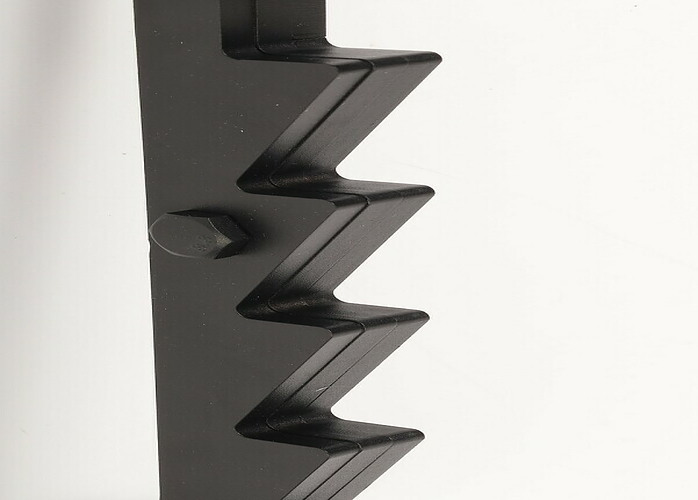
Comparative Analysis
Comparing the Kindling Splitter with traditional firewood preparation methods unveils distinctive advantages and considerations. Understanding these differences helps users make informed decisions about the most suitable approach for their firewood needs.
Comparison With Traditional Firewood Preparation Methods
Traditional methods, such as using an axe or maul, have been the conventional approach to preparing firewood for centuries. While these methods are tried and tested, they come with inherent challenges.
Using an axe or maul requires physical strength and skill to effectively split wood, making it a labour-intensive and potentially hazardous task, especially for those lacking experience or physical prowess. The process often involves repetitive swinging motions, increasing the risk of fatigue or accidents.
In contrast, the Kindling Splitter offers a more user-friendly and efficient alternative. Its design minimizes the physical effort required, reducing strain on the user and making it accessible to a wider range of individuals. The controlled splitting mechanism also enhances safety by minimizing the risk of errant swings and potential injuries associated with traditional methods.
Advantages and Disadvantages of Using a Kindling Splitter
One of the primary advantages of using a Kindling Splitter lies in its efficiency. The tool streamlines the firewood preparation process, saving time and effort compared to traditional methods.
Its ability to produce uniform kindling sizes consistently contributes to easier ignition and optimal burning, enhancing the overall performance of wood-burning stoves or fireplaces.
Moreover, Kindling Splitters minimize wood wastage, ensuring a higher yield from each wood piece. This not only conserves resources but also translates to cost savings in the long run.
Additionally, the reduced physical strain and user-friendly nature of the tool make it suitable for individuals of varying skill levels, including beginners.
However, while Kindling Splitters offer numerous advantages, they also have limitations. Some models may have size constraints, limiting the diameter or length of wood pieces that can be effectively split.
Furthermore, mechanical or hydraulic splitters may require maintenance and occasional repairs, adding to the overall cost and upkeep.
Understanding the comparative analysis between Kindling Splitters and traditional methods empowers users to weigh the pros and cons, enabling informed decisions based on their specific requirements and preferences in firewood preparation.
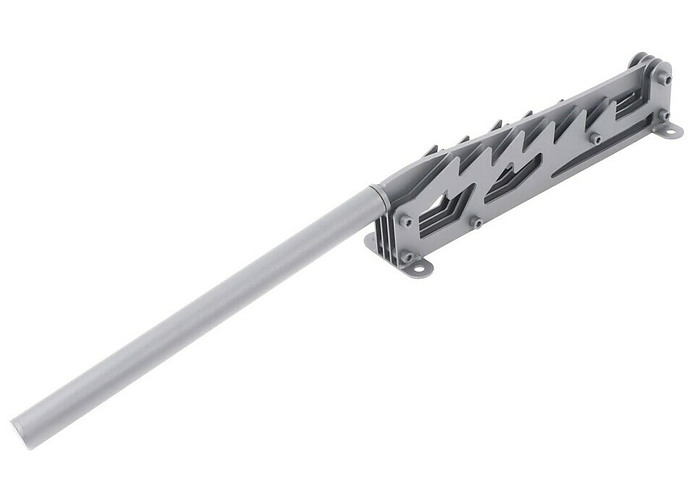
Choosing the Right Kindling Splitter
Selecting the most suitable Kindling Splitter involves considering various factors to ensure optimal performance and compatibility with specific firewood preparation needs. Understanding these considerations aids in making an informed decision when investing in this essential tool.
Factors to Consider When Buying
Several factors influence the choice of a Kindling Splitter. Size and portability play a crucial role, especially for those with limited storage space or individuals requiring a portable tool for outdoor activities like camping.
Assess the available space and intended usage scenarios to determine the most fitting size and portability of the splitter.
Another critical factor is the type of wood frequently used for firewood. Different Kindling Splitters are designed to handle various wood densities and sizes.
Consider the wood types prevalent in your area or those commonly used, ensuring the chosen splitter is compatible with the intended wood varieties.
Additionally, evaluate the power source and operation mechanism. Hand-operated splitters offer portability but require physical effort, while mechanical or hydraulic versions provide higher power but may be less portable and require maintenance.
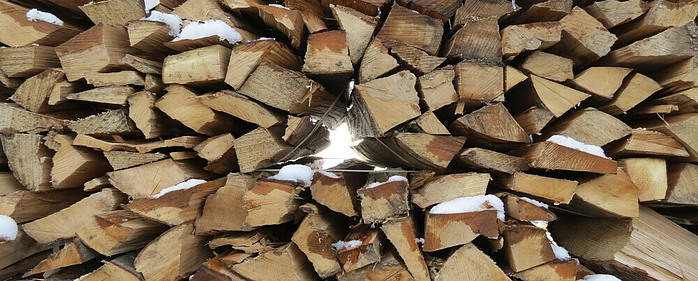
Top Recommended Kindling Splitters on the Market
The market hosts a range of Kindling Splitters, each with distinct features and capabilities. Brands like Fiskars, Estwing, and other reputable manufacturers offer a variety of models catering to different user preferences.
For those seeking portability and ease of use, handheld Kindling Splitters from brands like Fiskars offer compact designs and ergonomic handles for convenient operation. These models are suitable for smaller-scale firewood preparation tasks or outdoor activities.
On the other end of the spectrum, larger mechanical or hydraulic Kindling Splitters from brands like Estwing are designed for heavy-duty splitting. These robust splitters feature powerful mechanisms capable of handling larger wood pieces efficiently, making them ideal for users with higher firewood demands.
User reviews and experiences also provide valuable insights into the performance and reliability of specific Kindling Splitters. Exploring feedback from other users helps in assessing the practicality and suitability of different models for individual needs.
Considering these factors and exploring the offerings from renowned brands assists users in making informed decisions, ensuring the chosen Kindling Splitter aligns with their specific requirements for efficient firewood preparation.
User Reviews and Experiences
User reviews and experiences serve as invaluable resources when selecting a Kindling Splitter. Exploring feedback from individuals who have used specific models provides practical insights into the tool’s performance, durability, and overall user satisfaction.
Pay attention to reviews highlighting aspects such as ease of use, durability of the blades, and efficiency in splitting various types of wood. Positive reviews emphasizing the tool’s ability to consistently produce uniform kindling sizes and its overall convenience can guide the decision-making process.
However, it’s crucial to consider a range of opinions and experiences. Some negative reviews might indicate issues such as difficulty in sharpening blades, issues with the tool’s durability over time, or limitations in handling certain wood types.
Evaluating both positive and negative feedback helps in forming a comprehensive understanding of the splitter’s strengths and limitations.
Seek recommendations from trusted sources or online communities dedicated to firewood preparation or tools. Checkout some YouTube videos. Engaging with individuals who have hands-on experience with Kindling Splitters can provide valuable insights and recommendations based on real-world usage scenarios.
Ultimately, leveraging user reviews and experiences aid in narrowing down options and selecting a Kindling Splitter that aligns with individual preferences, ensuring a more informed and satisfying purchase.
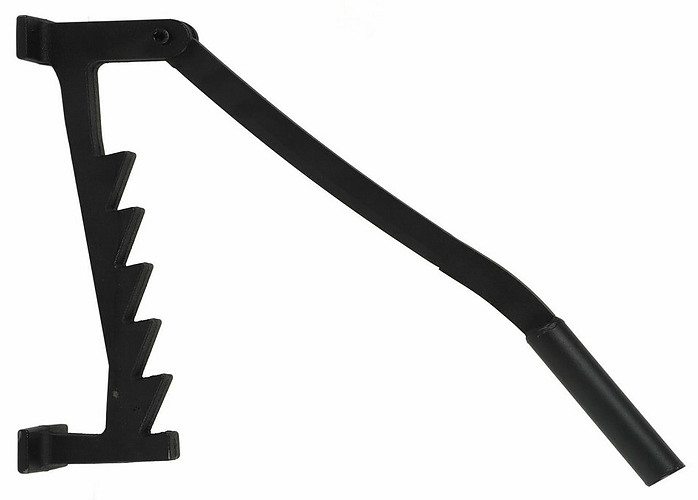
Maintenance and Care
Ensuring proper maintenance and care of a Kindling Splitter is essential to prolong its lifespan and maintain optimal performance. Implementing routine maintenance practices and following specific care guidelines contribute to the longevity and efficiency of this indispensable tool.
Cleaning and Maintenance Tips
Regular cleaning after each use is fundamental in maintaining a Kindling Splitter. Remove any wood debris or residues adhering to the blades or the tool’s surface.
Use a brush or cloth to clean off accumulated dirt or wood particles. This practice prevents build-up that could potentially hinder the splitter’s performance and blade sharpness.
Inspect the blades regularly for any signs of damage, dullness, or corrosion. Clean the blades thoroughly and ensure they are dry before storing the splitter.
Applying a protective coating or lubricant on the blades, as recommended by the manufacturer, helps prevent rust and corrosion, prolonging their lifespan.
Moreover, periodically check the splitter’s structural components, such as handles, bolts, or levers, for any signs of wear or loosening. Address any loose parts and rectify any issues promptly to prevent further damage.
Ensuring Longevity
Proper storage significantly contributes to the longevity of a Kindling Splitter. Store the tool in a dry and sheltered area, away from direct exposure to elements like rain or extreme temperatures. Consider using a cover or protective case to shield the splitter from environmental factors when not in use.
Avoid placing heavy objects on the splitter or subjecting it to undue stress when storing or transporting. Store the splitter in an upright position, ensuring stability to prevent accidental falls or damage to the blades.
Additionally, follow the manufacturer’s guidelines for any specific maintenance procedures or recommended intervals for blade sharpening or replacement. Sharpening the blades when necessary maintains their efficiency and ensures consistent performance during wood-splitting tasks.
By adhering to proper cleaning practices, ensuring regular maintenance, and adopting appropriate storage methods, users can prolong the lifespan and optimize the performance of their Kindling Splitter, ensuring its reliability for years to come.
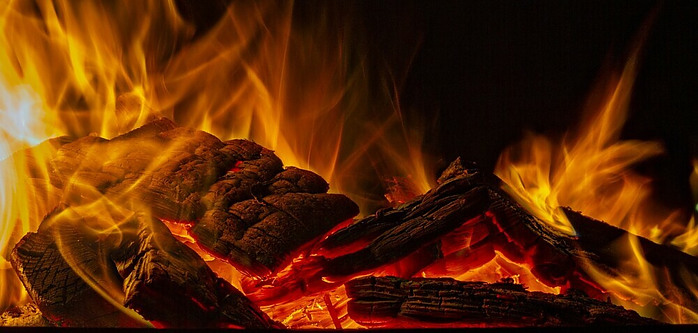
Environmental Impact and Sustainability
Understanding the environmental impact of using a Kindling Splitter and embracing sustainable practices in firewood preparation are vital aspects for environmentally conscious users. Exploring these considerations sheds light on the tool’s eco-friendliness and encourages responsible wood usage.
How Kindling Splitters Contribute to Sustainability
Kindling Splitters play a role in promoting sustainability by optimizing the utilization of wood resources. Their efficiency in producing uniform kindling sizes reduces wood wastage, maximizing the yield from each log or wood piece.
This efficient utilization translates to a decreased demand for wood, contributing to the conservation of forests and wood resources.
Furthermore, by facilitating easier ignition and optimal burning, Kindling Splitters enhance the efficiency of wood-burning stoves or fireplaces. This increased efficiency results in reduced wood consumption for heating purposes, further minimizing the environmental impact associated with excessive wood usage.
The controlled splitting mechanism of Kindling Splitters also allows users to work with smaller wood pieces, potentially utilizing wood scraps or offcuts that might otherwise be discarded. This utilization of smaller wood pieces promotes resourcefulness and reduces waste, aligning with sustainable practices.
Tips for Responsible Firewood Harvesting
Responsible firewood harvesting practices complement the eco-friendliness of Kindling Splitters. Harvest wood from sustainable sources, ensuring compliance with local regulations and guidelines for responsible wood collection.
Avoid harvesting wood from protected or environmentally sensitive areas to preserve biodiversity and ecosystems.
Consider sourcing wood from renewable or managed forests certified by reputable organizations promoting sustainable forestry practices. Supporting responsible suppliers ensures the wood used for firewood preparation is obtained through ethical and environmentally conscious means.
Additionally, practice selective harvesting by targeting dead or damaged trees rather than healthy living trees. This approach minimizes the ecological impact and allows forests to regenerate naturally.
Educating oneself and adopting responsible firewood harvesting practices in conjunction with using a Kindling Splitter promotes environmental sustainability, contributing to the conservation of forests and the responsible utilization of wood resources.
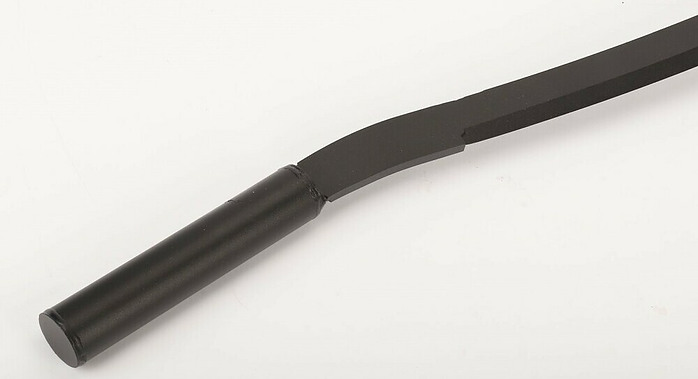
FAQs (Frequently Asked Questions)
What types of wood are suitable for a Kindling Splitter?
Hardwoods like oak and maple and softwoods like pine or spruce work well.
Can the Kindling Splitter be used by beginners?
Absolutely! With proper guidance and safety measures, beginners can efficiently use Kindling Splitters.
How to sharpen the blades of a Kindling Splitter?
Use a sharpening stone or a file, following the manufacturer’s guidelines.
Are there safety precautions to keep in mind?
Yes, always wear protective gear and follow the safety instructions provided by the manufacturer.
What are the key differences between Kindling Splitters?
Differences can include size, material, blade sharpness, and overall durability. Choosing depends on personal needs and preferences.
Conclusion
Embrace the evolution of firewood preparation; let the Kindling Splitter be the beacon illuminating your path to effortless warmth. As you weigh the efficiency, safety, and eco-conscious benefits it offers, envision the moments it will gift you a winter’s cosy embrace, a camping trip’s crackling camaraderie, or simply the joy of a well-tended fire.
Each precise split, not only simplifies but elevates the art of firewood preparation. Dare to transform your fireside rituals, as this ingenious tool stands ready to enhance your experience and redefine what’s possible. Embrace the Kindling Splitter and ignite a world of effortless warmth and comfort.



